Del Toro's Pacific Rim: Speculating On The Sequel's Lost Potential
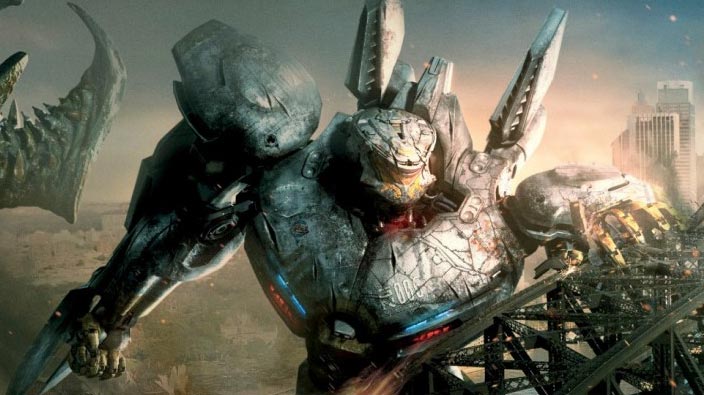
Table of Contents
The Lost Potential of Del Toro's Vision
Del Toro's original vision for Pacific Rim was far more nuanced than a simple monster-fighting spectacle. It explored themes of global collaboration, the human cost of war, and the resilience of the human spirit in the face of overwhelming odds. The sequel, however, significantly deviated from this path.
Kaiju Design and Mythology
The first film’s Kaiju were meticulously designed, each with its unique mythology and backstory contributing to a rich, believable world. Uprising, however, delivered a noticeable decline in originality and depth.
- Decline in originality: The new Kaiju lacked the distinct visual flair and unique characteristics of their predecessors. They felt less like individual entities and more like variations on a theme.
- Loss of rich mythology: The intricate lore surrounding the Kaiju and the Breach was significantly diminished, reducing the overall sense of wonder and mystery.
- Impact of Del Toro's absence: Del Toro's creative hand was significantly less present in the sequel, resulting in a shift away from the distinctive aesthetic and thematic elements that defined the original.
Character Development and Emotional Depth
Pacific Rim invested heavily in developing complex and compelling characters. Raleigh Becket and Mako Mori, in particular, had nuanced arcs and formed a powerful bond. Uprising, unfortunately, failed to replicate this success.
- Lack of compelling characters: The sequel's characters felt less developed and less emotionally resonant, lacking the depth and complexity that made the original's cast so memorable.
- Absence of strong emotional connections: The relationships between characters in Uprising felt less organic and less emotionally charged, diminishing the audience's investment in their fates.
- Nuanced characters replaced: The original film's more mature and complex characters were replaced with less relatable and less emotionally resonant figures.
The Impact of Directorial Change on Del Toro's Pacific Rim Sequel
The change in directors between the two films significantly impacted the overall tone and direction of the franchise. Steven S. DeKnight's vision, while delivering on the action, lacked the thematic depth and artistic flair of Del Toro's work.
Shifting Tone and Themes
The sequel shifted away from the serious, almost melancholy tone of the original, opting for a more lighthearted, action-heavy approach.
- Shift in atmosphere and pacing: Uprising's faster pace and lighter tone undermined the more contemplative and serious moments present in the first film.
- Reduced emphasis on philosophy and politics: The sequel largely abandoned the exploration of the philosophical and political ramifications of the Kaiju attacks, simplifying the narrative.
- Impact on overall impact: This shift in tone affected the film's overall impact, leaving it feeling less meaningful and less resonant with viewers.
Lost Opportunities for World-Building
Pacific Rim hinted at a rich and complex world beyond the immediate conflict. The sequel missed numerous opportunities to expand upon this potential.
- Unelaborated national Jaeger programs: The potential for exploring the diverse approaches to Jaeger technology and the political dynamics between nations remained largely untapped.
- Unexplored political ramifications: The global political consequences of the Kaiju attacks could have been explored in greater depth, adding layers of complexity to the narrative.
- Untapped technological and scientific potential: The science and technology behind the Jaegers themselves could have been explored more fully, enriching the world-building.
Speculating on a True Del Toro Sequel
Had Del Toro directed the sequel, it could have reached far greater heights.
Potential Storylines and Themes
A Del Toro sequel could have built upon the established lore, exploring deeper themes and developing more complex characters.
- Character arcs and relationships: Del Toro might have explored the long-term psychological effects of piloting Jaegers and delved deeper into the relationships between characters.
- New threats and challenges: He might have introduced new types of Kaiju or explored the potential for internal conflicts within the Jaeger program.
- Thematic exploration: A Del Toro sequel could have explored the themes of sacrifice, redemption, and the interconnectedness of humanity on a grander scale.
Revisiting Unresolved Questions
A Del Toro-directed sequel could have effectively addressed lingering questions from the first film.
- Fate of characters: He could have revisited the fate of characters left unresolved in the original.
- Kaiju origins: The mystery surrounding the Kaiju and their origins could have been further explored.
- Expanded mythology: The rich mythology could have been expanded upon, making the world even more compelling.
Conclusion
In conclusion, Del Toro's Pacific Rim sequel, Pacific Rim Uprising, ultimately failed to capitalize on the rich potential established by its predecessor. The change in directors led to a shift in tone, a reduction in thematic depth, and a missed opportunity to explore the vast world-building potential. The sequel lacked the nuanced characters, compelling lore, and overall emotional resonance of Del Toro's original vision. What do you think could have made a true Del Toro's Pacific Rim sequel a more successful continuation of the franchise? Share your thoughts on what elements of Guillermo del Toro's vision could have been better incorporated, and let's discuss the lost potential of this cinematic universe. Let the conversation about a true Del Toro's Pacific Rim sequel begin!

Featured Posts
-
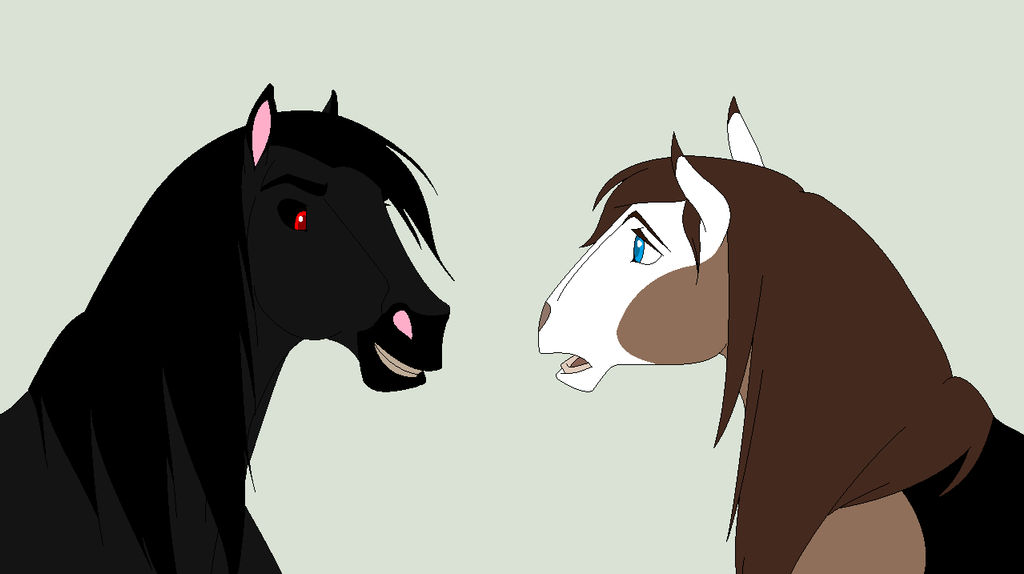 Wildfire Wagers A Grim Commentary On Modern Societys Relationship With Risk
May 30, 2025
Wildfire Wagers A Grim Commentary On Modern Societys Relationship With Risk
May 30, 2025 -
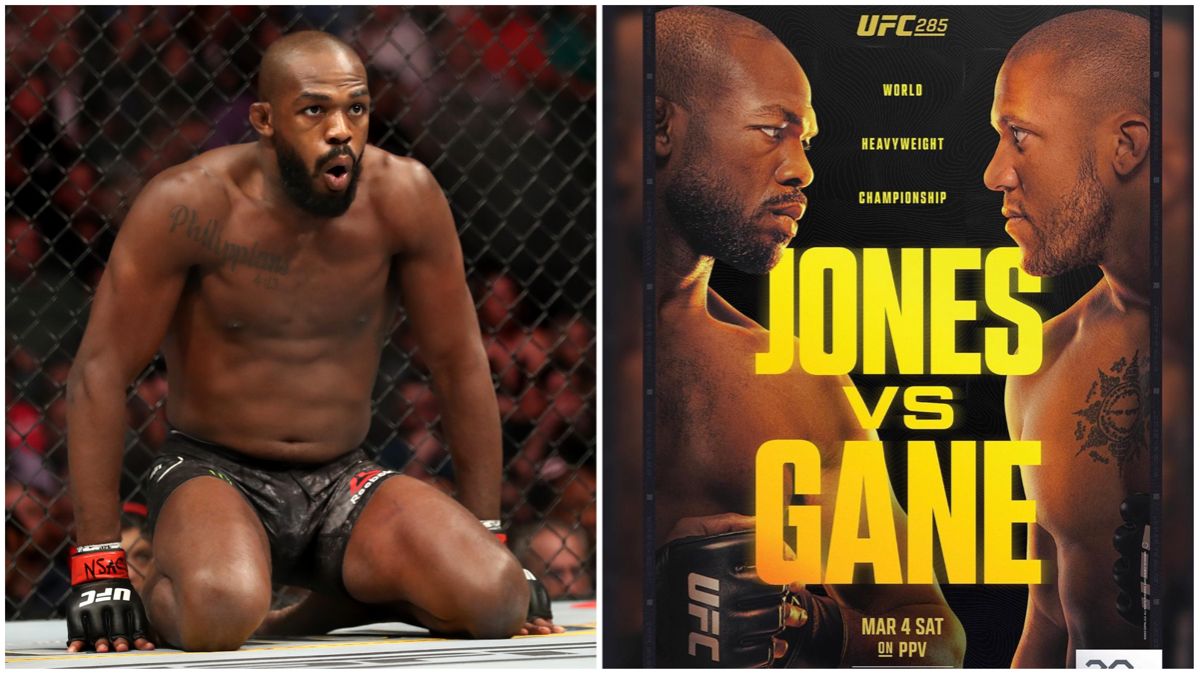 Jon Jones Heavyweight Move A Contenders Perspective
May 30, 2025
Jon Jones Heavyweight Move A Contenders Perspective
May 30, 2025 -
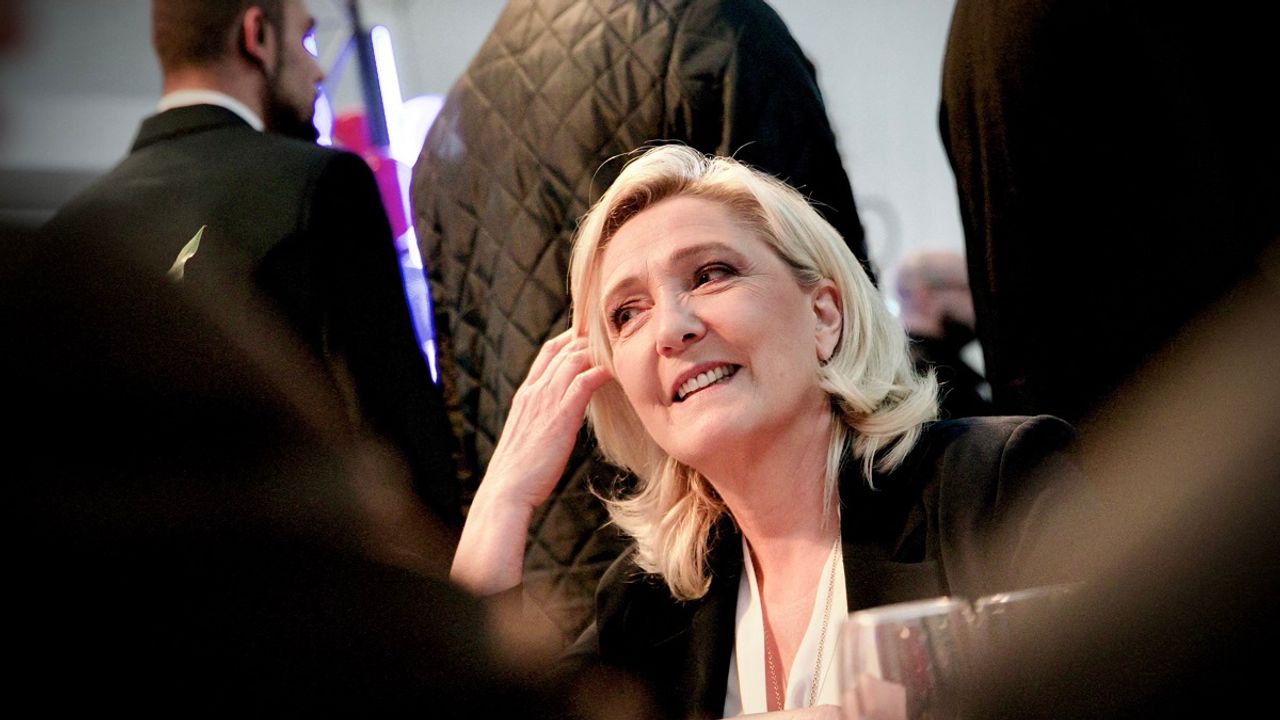 Exclusion De Marine Le Pen En 2027 Jacobelli Repond A Hanouna
May 30, 2025
Exclusion De Marine Le Pen En 2027 Jacobelli Repond A Hanouna
May 30, 2025 -
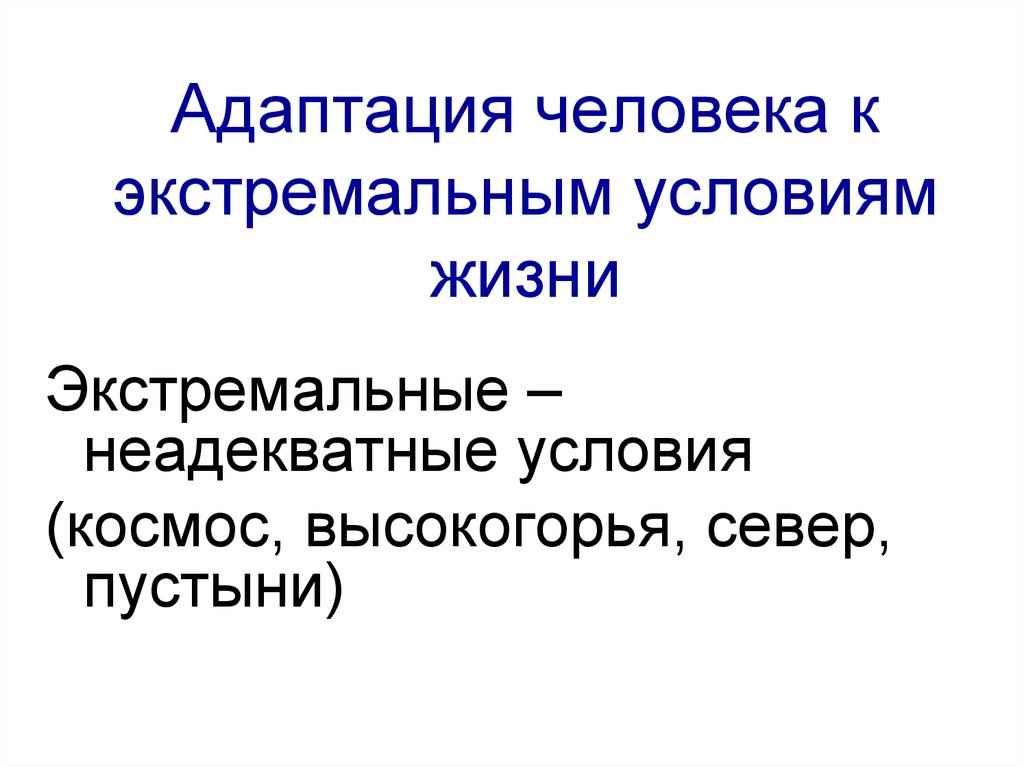 Silnoe Preduprezhdenie Mada Gotovnost K Ekstremalnym Pogodnym Usloviyam V Izraile
May 30, 2025
Silnoe Preduprezhdenie Mada Gotovnost K Ekstremalnym Pogodnym Usloviyam V Izraile
May 30, 2025 -
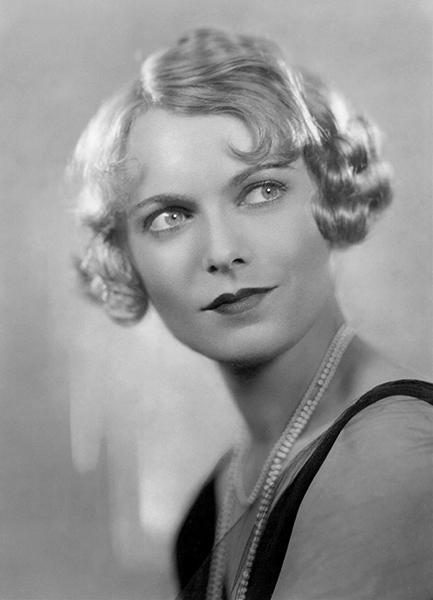 Exploring The Legacy Of Anna Neagle In British Cinema
May 30, 2025
Exploring The Legacy Of Anna Neagle In British Cinema
May 30, 2025
